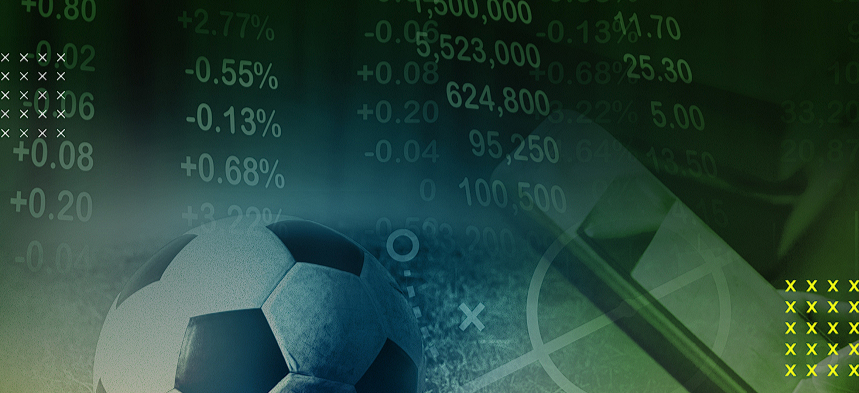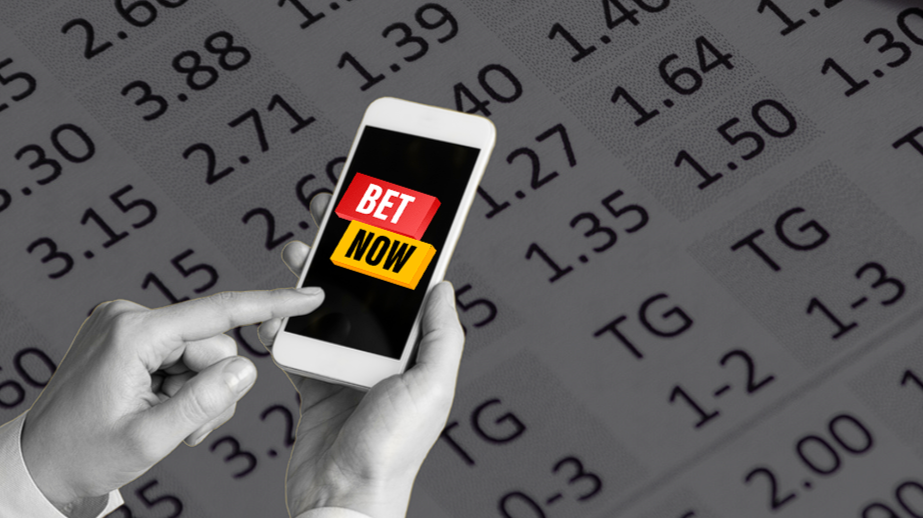In the world of sports betting, odds are the lifeblood of the industry. They represent the probability of an event occurring and determine the potential payout for bettors. But why do bookmakers offer odds, and how do they set them? Understanding the mechanics behind odds-setting can provide valuable insights for bettors, helping them make more informed decisions. This article delves into the reasons bookmakers offer odds, the process behind setting them, and the economic principles that govern this practice.
The Role of Odds in Sports Betting
Determining Payouts
Odds play a crucial role in determining the payouts for bettors. They represent the ratio between the stake and the potential winnings.
- Fractional Odds: Expressed as a fraction (e.g., 5/1), fractional odds indicate the profit relative to the stake. For example, 5/1 odds mean that for every $1 bet, the profit is $5.
- Decimal Odds: Expressed as a decimal (e.g., 2.0), decimal odds indicate the total payout relative to the stake. For example, 2.0 odds mean that for every $1 bet, the total payout is $2.
- American Odds: Expressed as a positive or negative number (e.g., +150, -200), American odds indicate the profit relative to a $100 stake. For example, +150 odds mean that for every $100 bet, the profit is $150.
Balancing the Book
One of the primary reasons bookmakers offer odds is to balance their book, ensuring that they have an even distribution of bets on all possible outcomes.
- Risk Management: By setting odds that attract bets on all outcomes, bookmakers can manage their risk and ensure that they do not have significant exposure to any single outcome.
- Profit Margin: Bookmakers build a profit margin into the odds, known as the overround or vigorish. This ensures that they make a profit regardless of the outcome.
- Market Efficiency: Efficient markets, where odds quickly reflect all available information, help bookmakers balance their book and manage risk effectively.
The Process of Setting Odds
Initial Odds Setting
Setting initial odds involves a combination of statistical analysis, expert judgment, and market dynamics.
- Statistical Analysis: Bookmakers use statistical models to analyze historical data, team and player performance, and other relevant factors to set initial odds.
- Expert Judgment: Experienced oddsmakers use their knowledge and expertise to adjust initial odds based on qualitative factors, such as team morale, injuries, and weather conditions.
- Market Dynamics: Bookmakers consider market dynamics, such as the popularity of the event and the expected volume of bets, when setting initial odds.
Adjusting Odds
Odds are not static; they are adjusted continuously based on market demand and new information.
- Market Demand: As bets are placed, bookmakers adjust odds to reflect the demand for different outcomes. If a large number of bets are placed on one outcome, the odds for that outcome will decrease, while the odds for other outcomes will increase.
- New Information: New information, such as injury reports, weather updates, or changes in team lineups, can significantly impact odds. Bookmakers adjust odds to reflect this new information and manage risk.
- Arbitrage Opportunities: Bookmakers monitor the market for arbitrage opportunities, where discrepancies in odds between different bookmakers can be exploited for guaranteed profits. Adjusting odds helps eliminate these opportunities and maintain market efficiency.

Economic Principles Behind Odds Setting
Supply and Demand
The principles of supply and demand are fundamental to understanding how bookmakers set odds.
- Demand for Bets: The demand for bets is influenced by factors such as the popularity of the sport, the significance of the event, and the perceived value of the odds.
- Supply of Bets: The supply of bets is determined by the number of bettors willing to place wagers on a particular outcome.
- Equilibrium Price: The equilibrium price (odds) is reached when the supply and demand for bets are balanced.
Risk and Uncertainty
Risk and uncertainty are inherent in sports betting, and understanding these concepts is crucial for bookmakers.
- Risk Assessment: Bookmakers must assess the risk associated with different bets, considering factors such as the probability of the outcome, the odds offered, and the potential payout.
- Uncertainty: Uncertainty arises from the unpredictable nature of sports, where outcomes can be influenced by a multitude of factors, including player performance, weather conditions, and random events.
- Risk Management: Effective risk management strategies, such as diversifying bets and setting stop-loss limits, can help bookmakers mitigate the impact of uncertainty.
Information Asymmetry
Information asymmetry occurs when one party has more or better information than the other, affecting the dynamics of the betting market.
- Insider Information: Bettors with insider information may have an advantage, but using such information can be unethical and illegal. Bookmakers must be vigilant in detecting and addressing insider trading.
- Public Information: Publicly available information, such as team statistics, injury reports, and historical data, can be used by all bettors to make informed decisions. Bookmakers must stay informed and adjust odds accordingly.
- Information Arbitrage: Bettors can exploit information asymmetries by identifying and acting on discrepancies in the market, such as differences in odds offered by different bookmakers. Bookmakers must monitor the market and adjust odds to eliminate these opportunities.
The Impact of Technology on Odds Setting
Data Analytics
Advanced data analytics tools have revolutionized the way bookmakers set odds, providing more accurate and timely information.
- Real-Time Data: Real-time data analytics allow bookmakers to adjust odds in real-time, reflecting the current state of the event and providing bettors with up-to-date information.
- Predictive Modeling: Predictive modeling uses historical data and statistical algorithms to forecast outcomes and set odds more accurately.
- Machine Learning: Machine learning algorithms can analyze vast amounts of data to identify patterns and trends, helping bookmakers set more accurate odds.
Automated Trading Systems
Automated trading systems have streamlined the process of setting and adjusting odds, ensuring market efficiency and minimizing human error.
- Algorithmic Trading: Algorithmic trading systems use complex algorithms to set and adjust odds automatically, based on market demand and new information.
- High-Frequency Trading: High-frequency trading systems can place and adjust bets in milliseconds, ensuring that odds reflect the current market conditions.
- Risk Management: Automated trading systems can monitor and manage risk in real-time, adjusting odds to maintain market efficiency and minimize exposure.
Conclusion
Understanding why bookmakers offer odds and the process behind setting them provides valuable insights for bettors. From determining payouts to balancing the book, the role of odds is crucial in the sports betting industry. The process of setting odds involves initial analysis, continuous adjustments, and the application of economic principles such as supply and demand, risk and uncertainty, and information asymmetry. Advances in technology, including data analytics and automated trading systems, have further revolutionized the way bookmakers set odds, ensuring market efficiency and minimizing human error. By understanding these dynamics, bettors can make more informed decisions and enhance their chances of success in the sports betting market.




